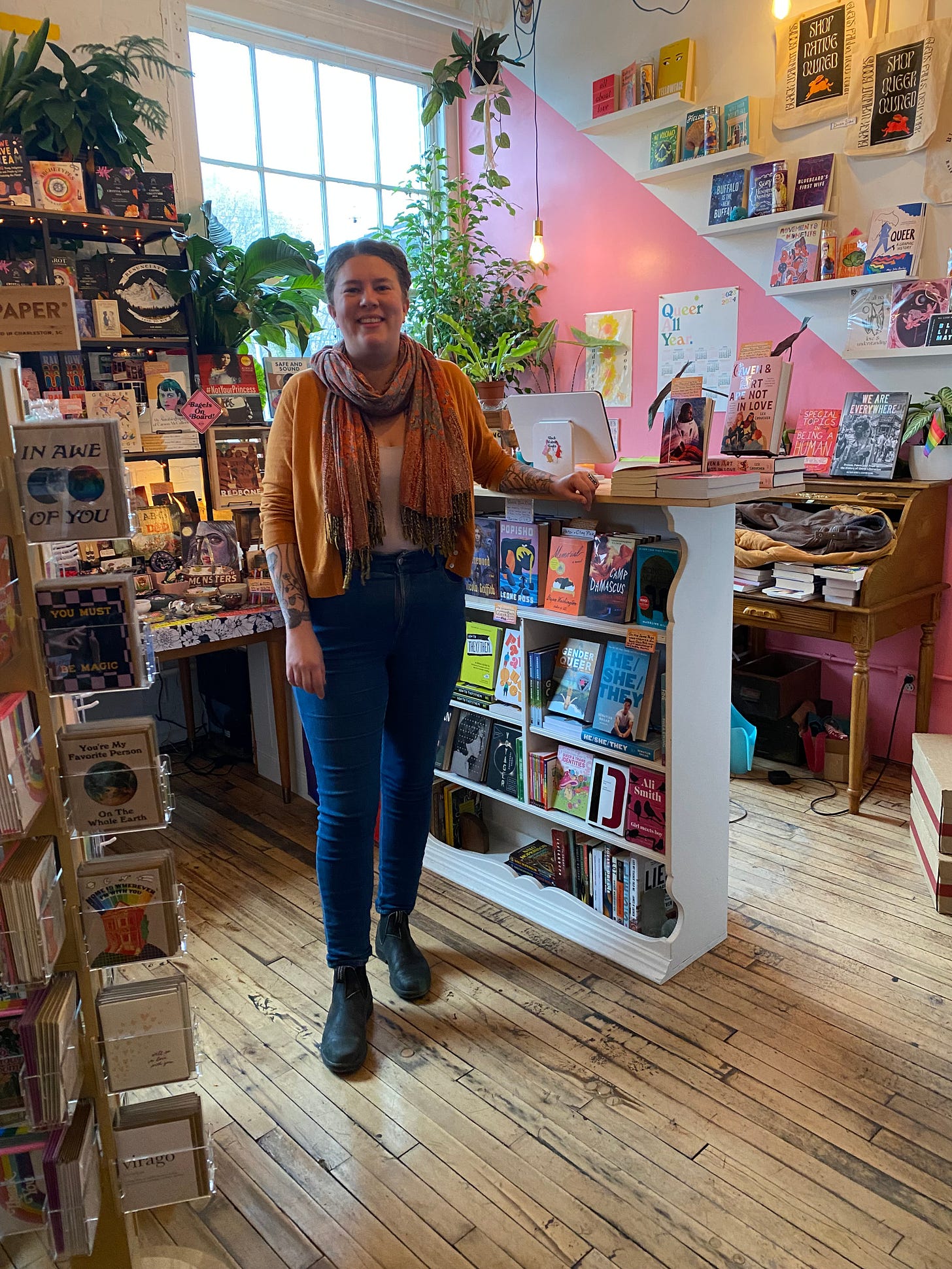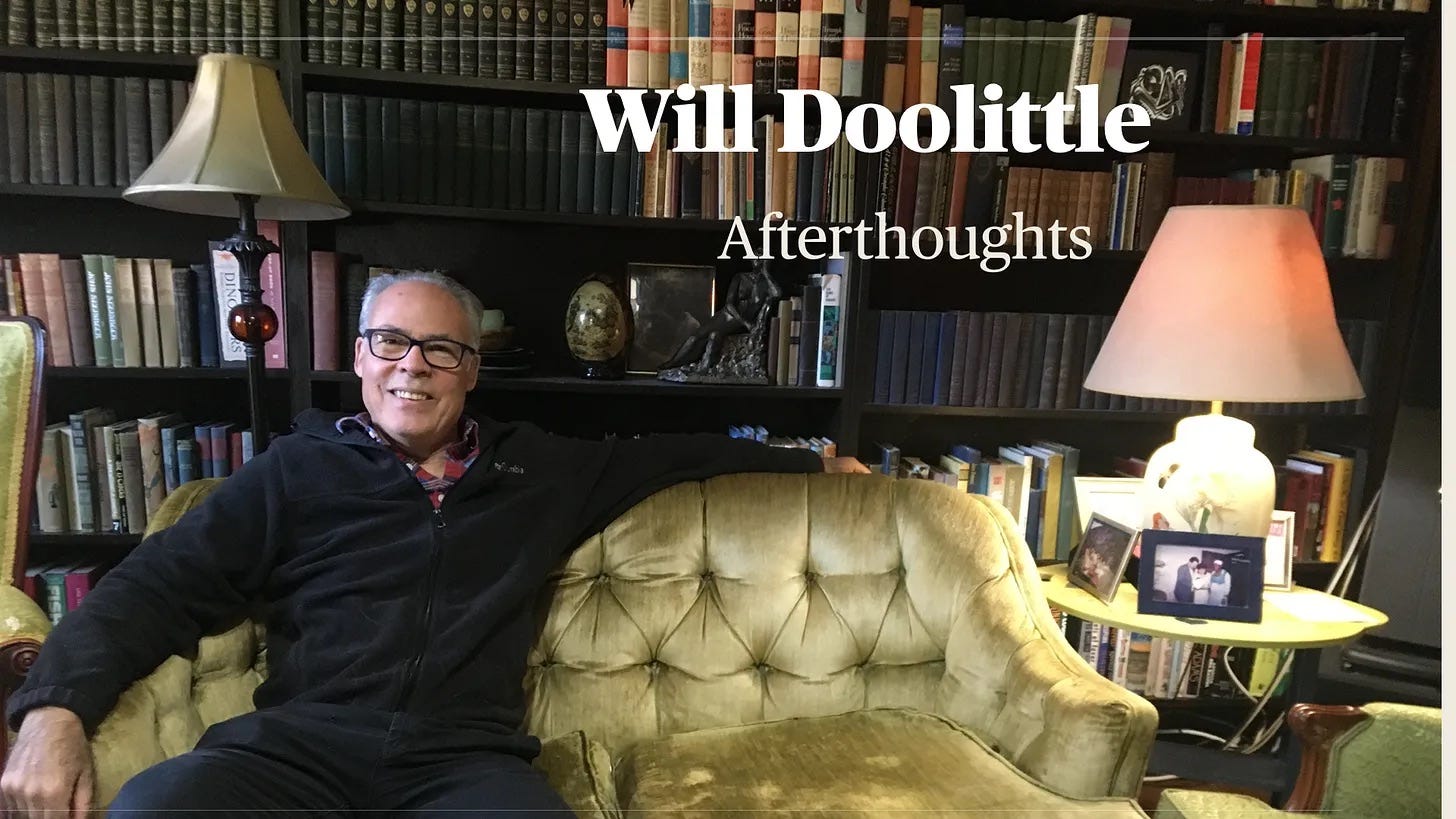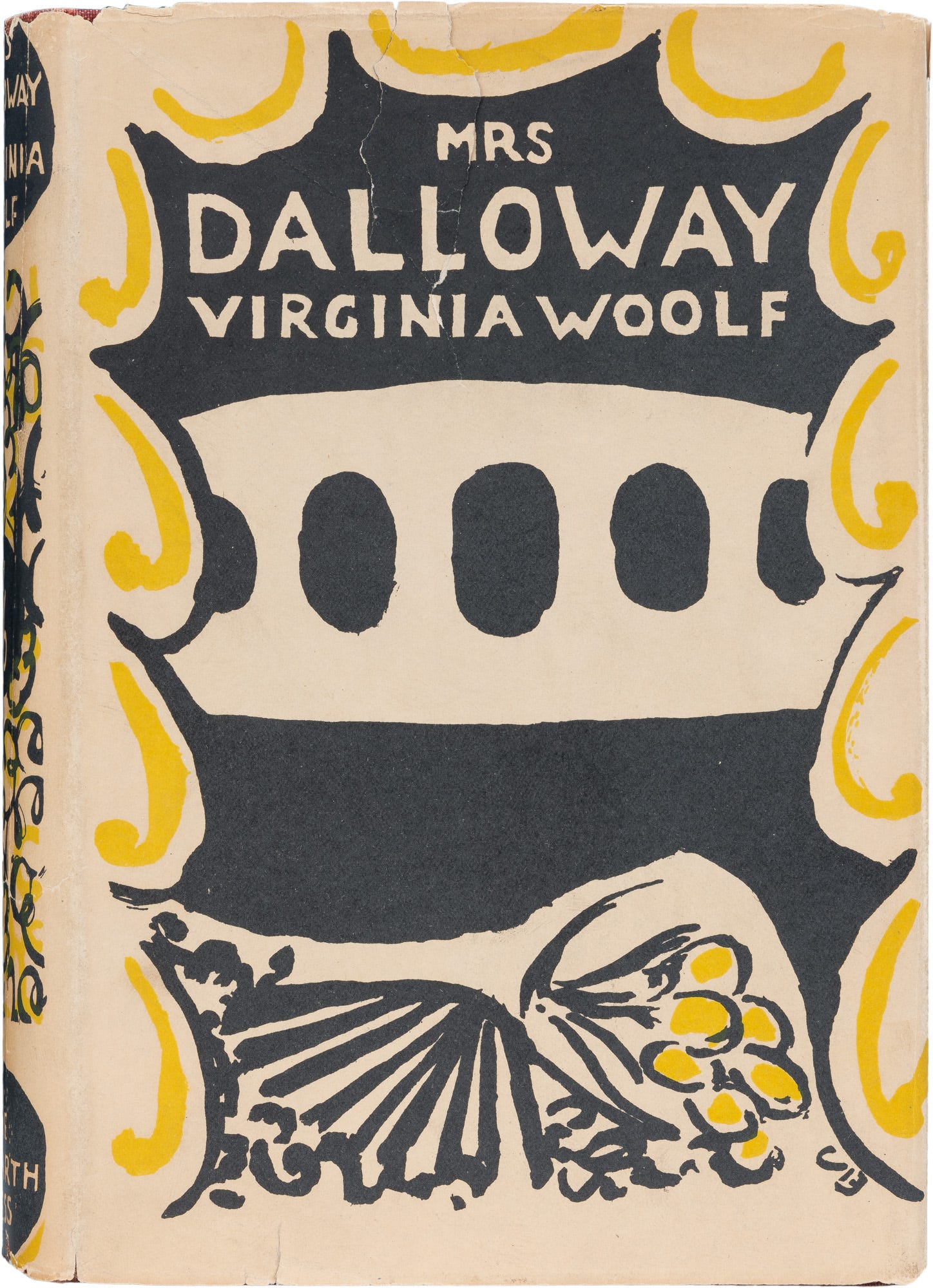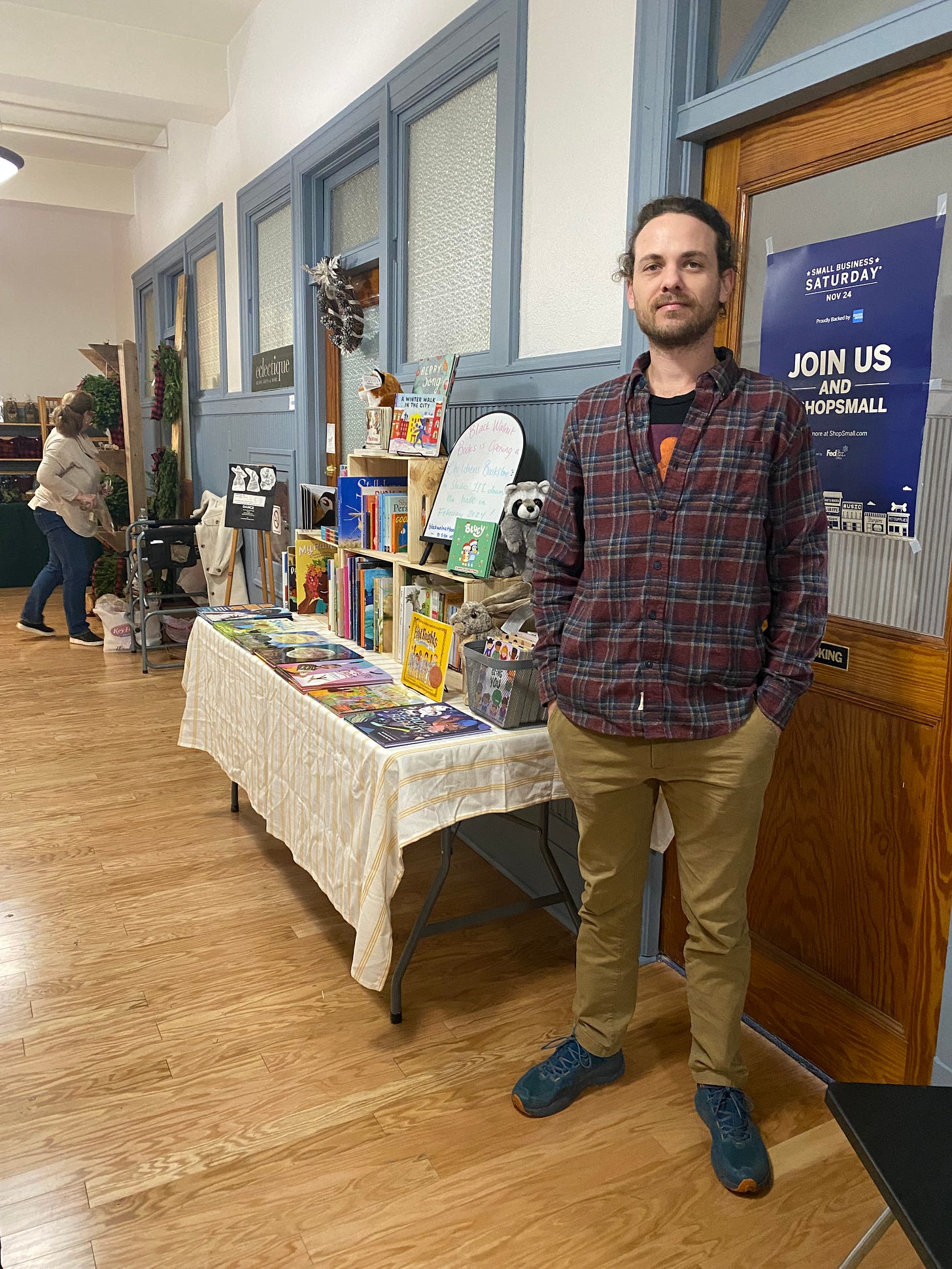A special experience is lost with closing of St. Rose
Book shops burgeoning in Shirt Factory
I got to know Albany a bit from 2014 to 2018, when my daughter Tam was in school at the College of St. Rose and my son Zo at SUNY Albany.
Albany isn’t much of a city, with its small, lackluster downtown stuck between grandiose monuments to Nelson Rockefeller’s ego — the Sith castle known as Empire State Plaza to the east and the cement savanna of UAlbany to the west.
Both look impressive in photographs, but neither is designed for winter, when ice covers the walkways and freezing winds flow between the buildings.
Of the two, the plaza is more heinous — more expensive to build, more destructive of the city’s organic growth. Its construction displaced busy neighborhoods in the heart of Albany, while the university displaced a golf course.
I’m thinking about Albany’s underachievement as New York’s capital city because of the news that St. Rose will close next spring after years of falling enrollment and financial losses.
The nature of the college — the integration into the Pine Hills neighborhood of its classroom buildings and scores of homes it uses for housing — makes its loss another daunting challenge for a city whose cultural life is already anemic.
The most striking thing about walking around downtown Albany in the evening is how few people are present. Losing St. Rose and its approximately 4,000 students and 500 employees will make the city even emptier.
Marcia White, the college president, issued a statement on Friday in which she focused her disappointment on reporters who let people know on Thursday that St. Rose would be closing.
“It is truly upsetting that this sensitive and highly confidential information was leaked to and shared by the media in advance, particularly since so much of the information that was shared was inaccurate and misleading,” she said.
As usual with this sorts of accusation, she did not specify what, exactly, had been incorrect in the reporting.
St. Rose’s collapse was a long time coming. I wrote about its struggles in 2018, when Judy Calogero of Glens Falls, chairwoman of the college’s board of trustees, resigned with several other prominent members of the board to protest the refusal of the then-president, Carolyn Stefanco, to devote all of her energy to the college’s financial crisis.
Stefanco left in 2020, replaced by Marcia White, who in 2020, cut more than 20 degree programs with low enrollment, but by then St. Rose was caught in a downward spiral toward bankruptcy.
Tam was a studio art major in a program with small classes, where she got lots of individual attention from her teachers and had unfettered access to art supplies and studio space, where she frequently worked late into the night.
After graduating, she used the 3-D skills she had developed to get a job in manufacturing, welding and assembling machine parts and putting together whole machines, and she has thrived in that world.
It’s easy to point out how colleges have been responsible for their own demise, through overspending on fancy cafeterias and gyms, while raising the cost to students at several times the rate of inflation.
But it’s just as easy to blame the too-generous system of student loans, backed by the government, for the cycle in higher education of overspending and overcharging.
Forces outside colleges’ control, like the demographic decline of college-age students, the growing ease of remote learning and the mass pandemic-caused cancellations of whole semesters are the reasons these institutions are failing now.
It’s easy, too, to shrug about this, the way people shrug about the death of local newspapers. Things change, etc.
But something valuable and special is being lost as small, liberal arts colleges fail, just as it is with newspapers. Nothing yet has replaced the work that used to be done by, for example, the Post-Star — the deep and wide telling of the community’s story — and I doubt anything will soon rise to replace the intimate and supportive learning experience of colleges like St. Rose.
Readings
I read “Mrs. Dalloway,” by Virginia Woolf, published in 1925. It’s the first book by Woolf I’ve read, and I was lost for the first few chapters, feeling like I was out in the ocean by myself, and ended up rereading a chunk of the first 100 pages. But then something clicked, and I felt inside the characters, understood that I was reading the scroll of their consciousness as a single day progressed, each hour marked by the bonging of Big Ben, and I ended up loving it, to my surprise. A summary of the book — an upper-class woman plans a party and holds it at her house in London, while a World War I vet suffers with the symptoms of shell shock — would not have attracted me. But her success in capturing the movement of her characters’ thoughts, traveling forward and back in time, switching without warning from one character’s thoughts to another, captivated me. Parts of the book remained confusing and some of the writing is awkward, but it was brilliant overall, a virtuosic novel that showed me why Woolf is considered such a big deal. “Mrs. Dalloway” gets compared to “Ulysses,” which also takes place in a single day and inside the heads of its characters (for the most part. Some chapters seem grounded somewhere else, like an English class in a PhD program on another planet), but “Mrs. Dalloway” is so much more accessible.
Wanderings
Pre-Christmas shopping is bustling at the Shirt Factory at 71 Lawrence St., Glens Falls. Bella and I went there Saturday with Ringo, and I was surprised and happy to discover that three bookshops are now open in the building, with a fourth, a children’s bookstore, scheduled to open in February. The shops include Beldame Books, which has new, used and vintage comic books, manga and genre fiction; Black Walnut books, with indigenous and queer books and books by authors of color; and Ghost Books, which sells esoteric books, occult magic items, antiques and oddities. The setup at the Shirt Factory, with shops in small spaces, provides a wonderful alternative to the big-box bookshop experience. Now, the shopper can find myriad sorts of books under one roof but separated into small shops, each with its own fun and fascinating identity. Shopping continues at the Shirt Factory in the runup to Christmas, with a grower from Saranac Lake selling Christmas trees on the lawn.







Very special column today, sorry to read the facts, but certainly applaud your factual detail.
Poor Albany!
As an upstate New York state city, it's routinely disparaged by NYC residents as a provincial backwater populated by Sears & Roebuck brown suit-wearing rubes (e.g. Ed Koch's critique). And some folks in the upstate of New York criticize Albany as a failed government experiment with urban-renewal mutations of the Empire State Plaza and 787 elevated blockade separating the city from its heritage on the Hudson river.
As for me, I'll always value the time my spouse and I lived in Albany, in the early 1980's, on Washington Park. We found the brownstone townhouses along the and on the side streets to be quite charming, the South Mall impressive (it will always be the South Mall to me), and the shops and restaurants on Lark Street enjoyable.
If that makes me a brown suit-wearing rube, or government apologist, then so be it.